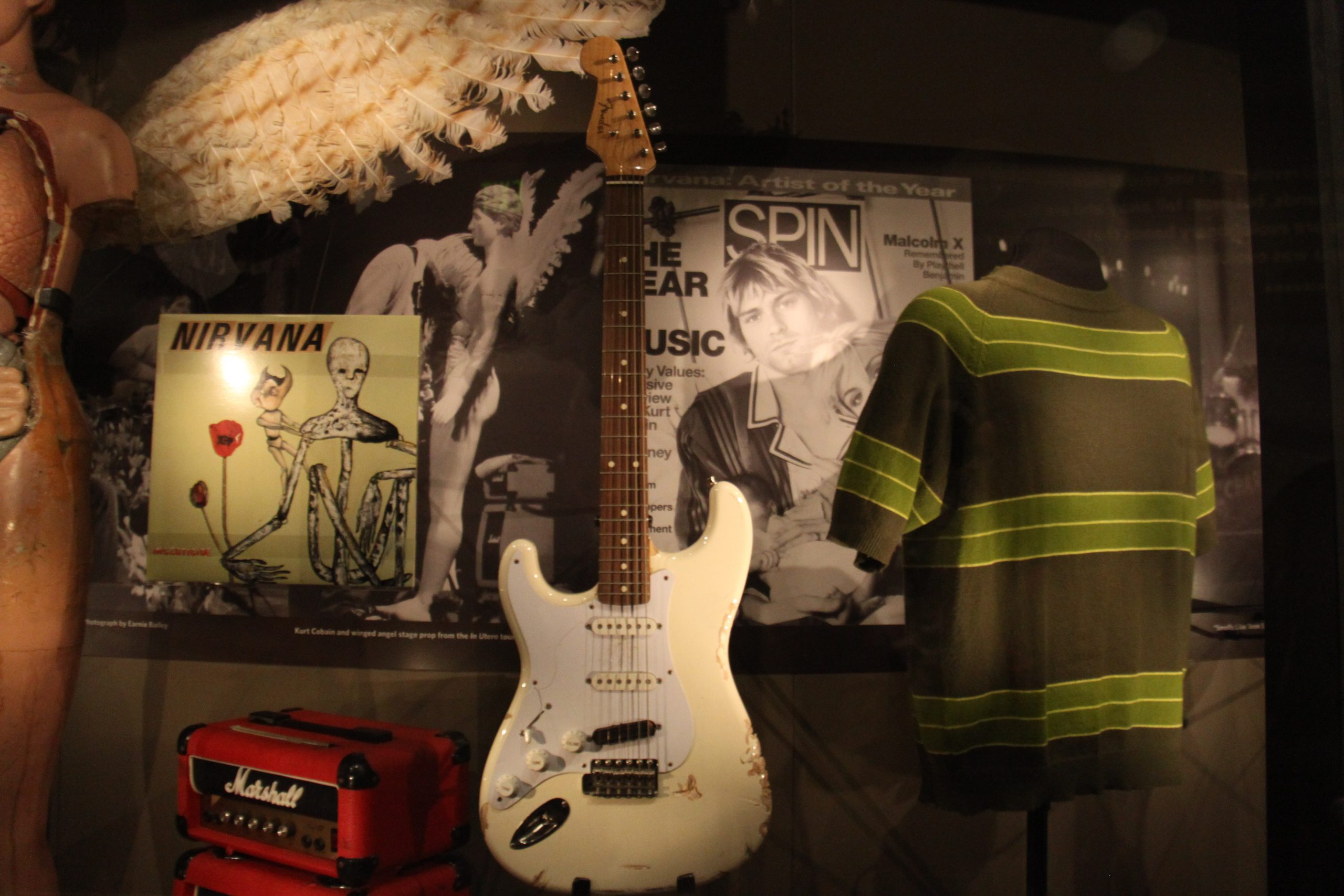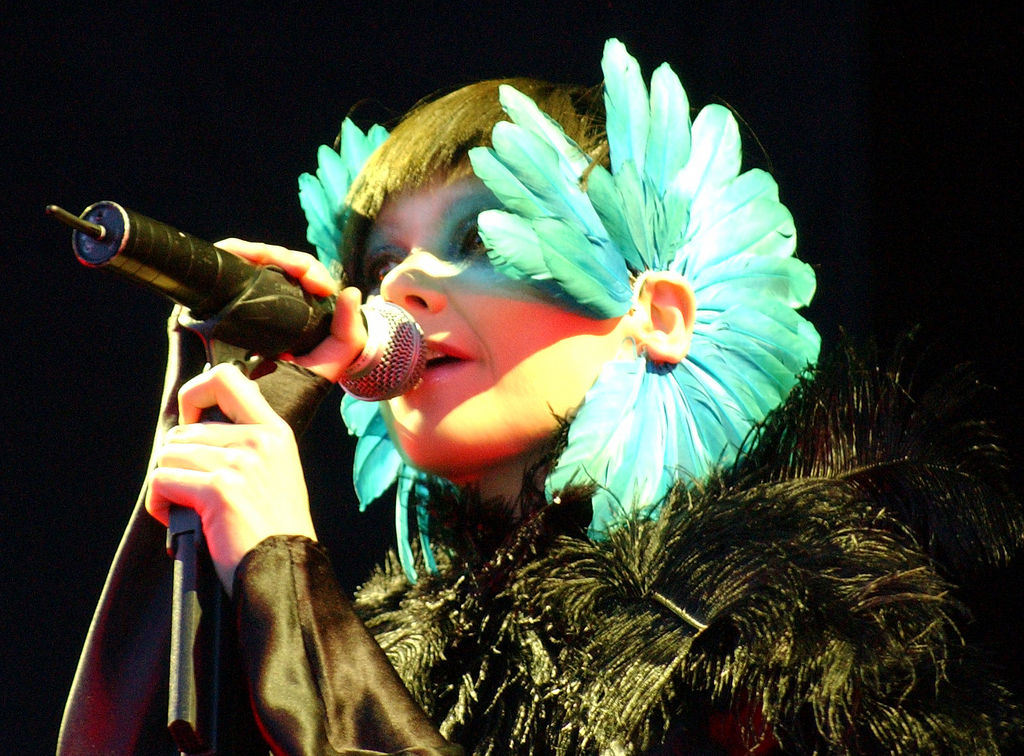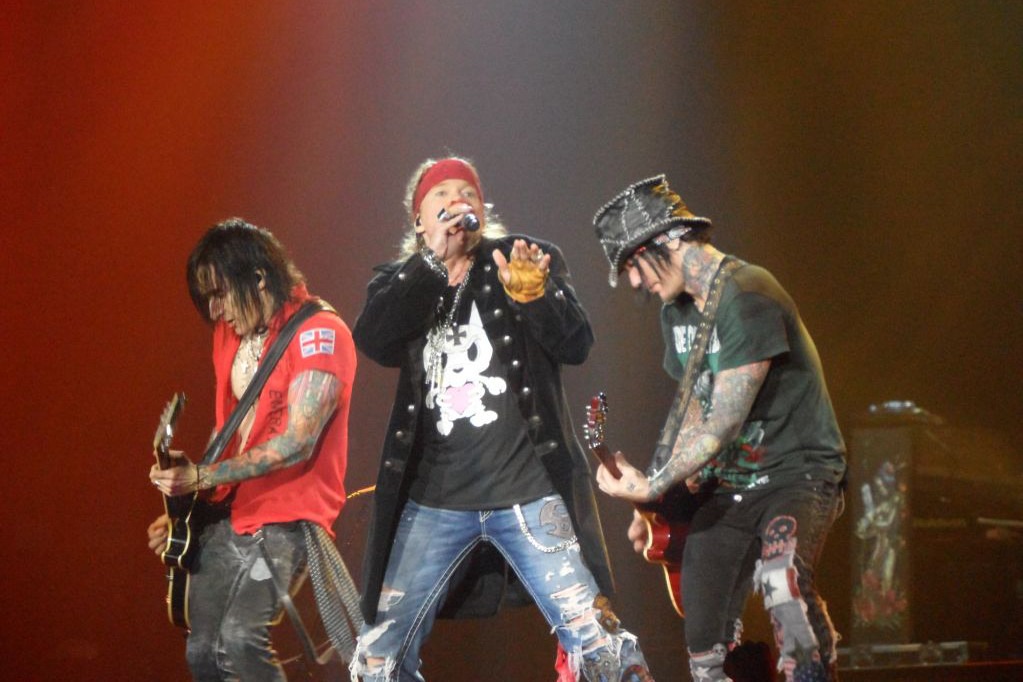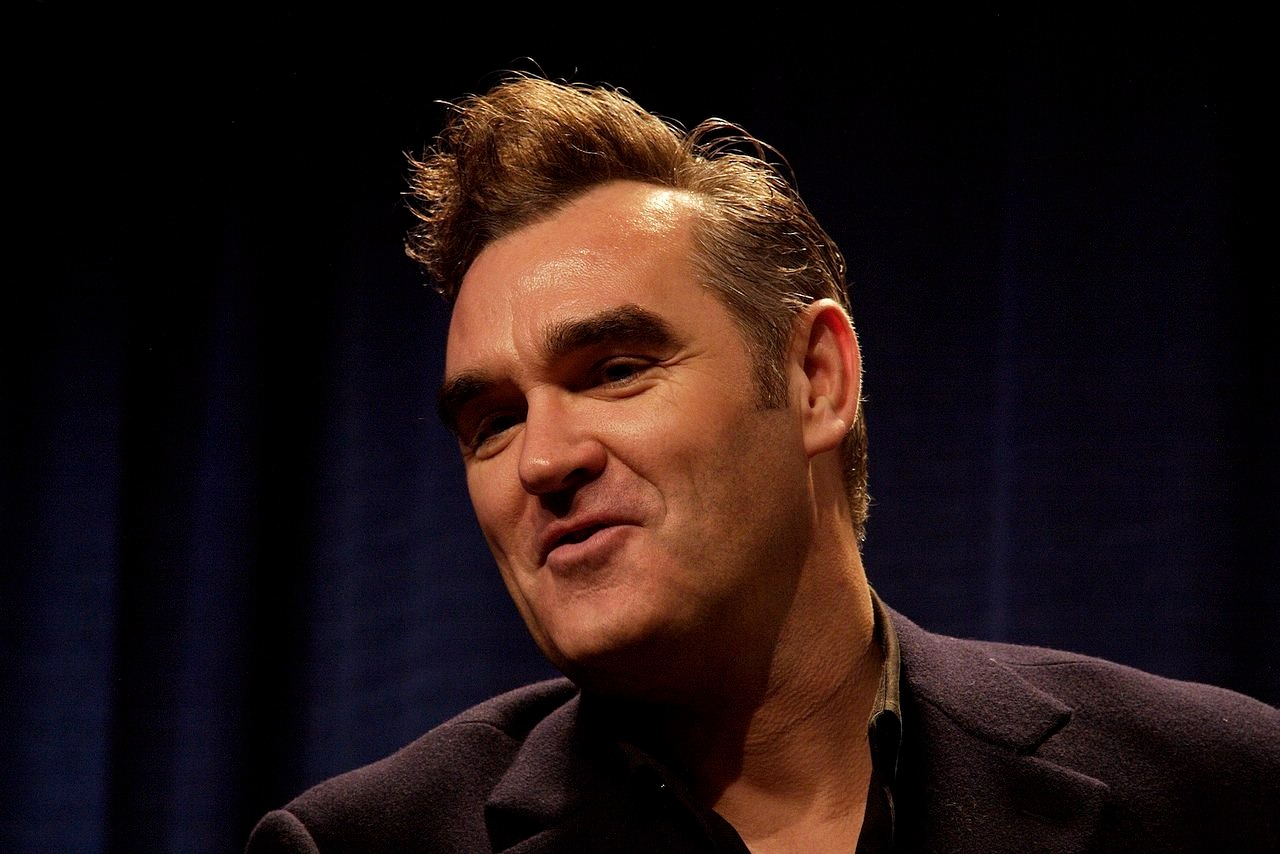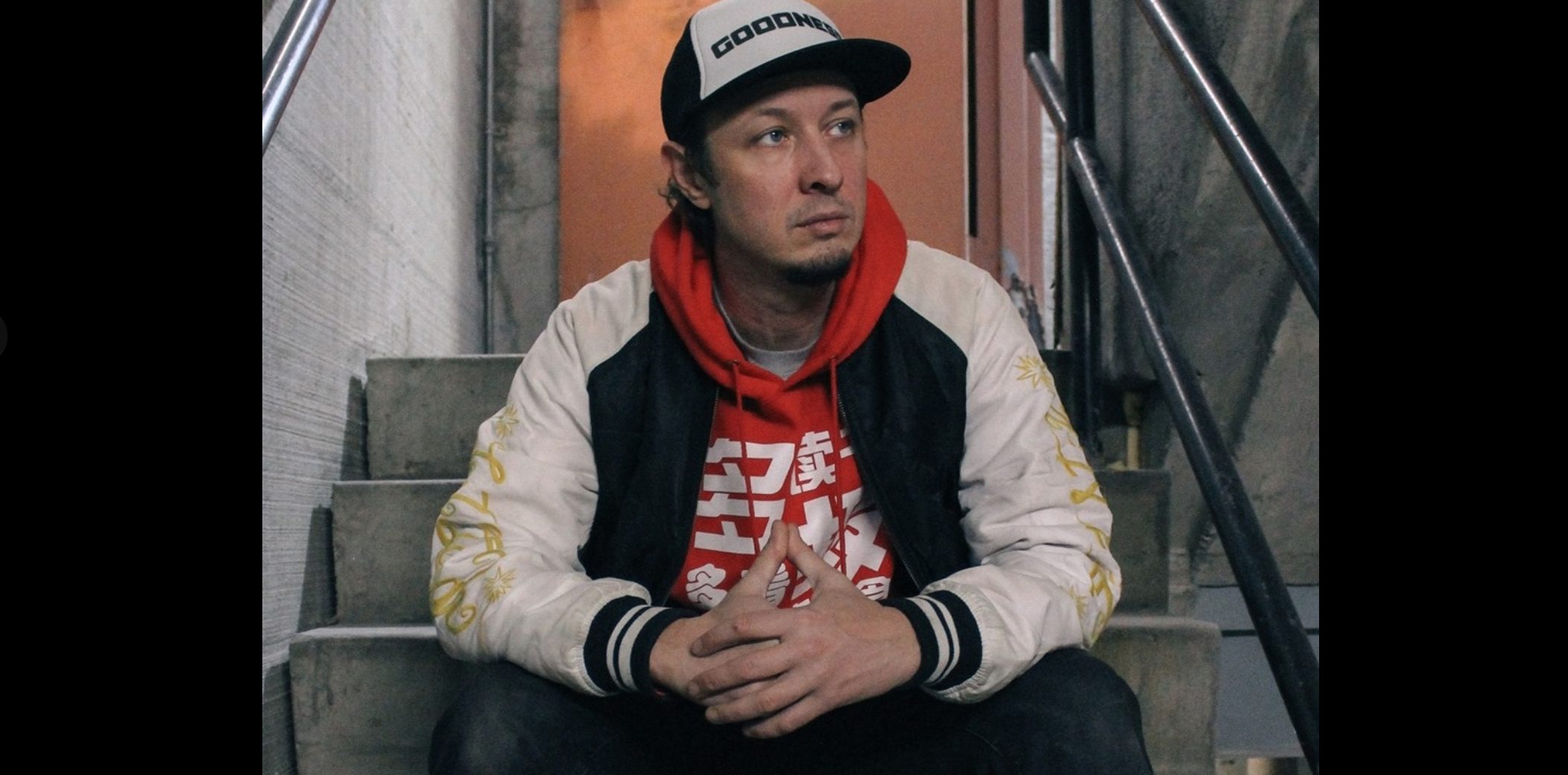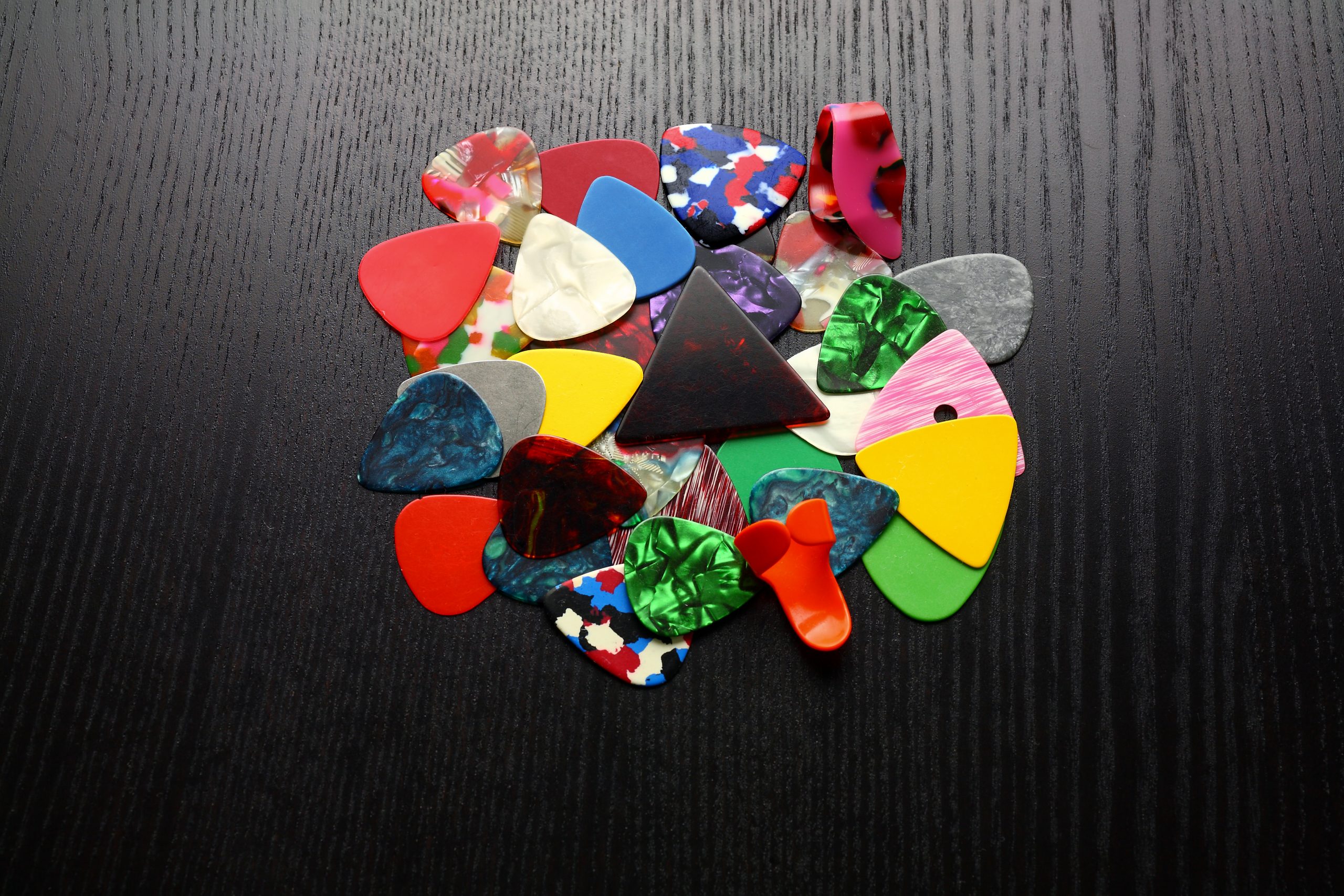As mental health conversations dominate today’s music scene, Kurt Cobain’s raw vulnerability feels less like prophecy and more like a roadmap. Artists from Billie Eilish to Post Malone cite the Nirvana frontman as inspiration, proving his influence transcends generational boundaries. Thirty years after his death on April 5, 1994, Cobain’s rejection of rock star mythology continues reshaping how musicians connect with audiences.
The Grunge Revolution That Never Ended
Cobain didn’t just make great songs—he rewrote the rules about what rock stardom could look like. When Nirvana’s “Nevermind” exploded in 1991, it wasn’t just dethroning glam metal. The album proved audiences craved something real over something polished.
That thrift-store aesthetic and emotional honesty became grunge’s calling card, transforming Seattle from a regional scene into music’s epicenter. Your favorite indie artist today, posting unfiltered studio sessions on Instagram, follows Cobain’s playbook whether they realize it or not.
Mental Health Conversations He Started
Cobain’s battles with depression, chronic pain, and addiction were largely misunderstood during his lifetime. His suicide note, found at his Seattle home three days after his death, revealed the crushing weight of fame and personal demons who paid the ultimate price.
Fast-forward to 2025, and artists routinely discuss therapy, anxiety, and mental health in ways that would have been career suicide in Cobain’s era. He broke that silence by making vulnerability sound like strength, not weakness.
The Pilgrimage Continues
Aberdeen, Washington celebrates annual Kurt Cobain Day, while Viretta Park near his former home remains a gathering spot for fans. These aren’t just nostalgic tributes—they’re cultural checkpoints where new generations discover why his music still matters.
When Nirvana was inducted into the Rock and Roll Hall of Fame in 2014, the ceremony felt less like closure and more like official recognition of something everyone already knew: Cobain’s influence isn’t fading.
Your connection to his music, whether through original albums or modern covers, proves his authenticity blueprint works across decades. In an industry still obsessed with manufactured moments, Cobain’s messy, beautiful honesty remains the gold standard for artistic integrity.


